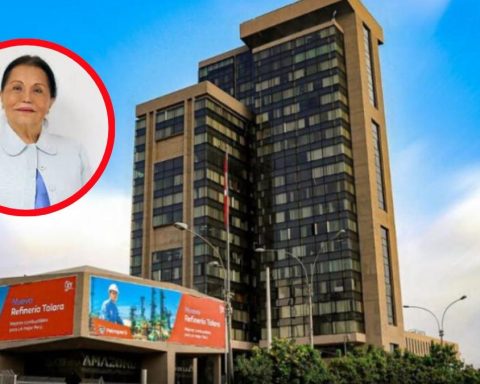Fed Chairman Jerome Powell told lawmakers this week that the central bank probably needs to raise rates more than expected. Before the jobs report, financial markets were pricing in a 50 basis point rate hike at the Fed’s March 21-22 policy meeting, according to CME Group’s FedWatch tool.
The Fed has raised its benchmark rate by 450 basis points since last March from near zero to the current range of 4.50-4.75%.
The job market has remained tight, with initial claims for unemployment benefits remaining very low despite high-profile layoffs in the technology industry.
The unemployment rate rose to 3.6% in February from 3.4% in January, which was the lowest level since May 1969.
Some economists, however, cautioned against putting too much emphasis on the narrow measure of the unemployment rate, favoring instead a broader measure of unemployment, including people who want to work but have stopped looking and those who they work part-time because they cannot find a full-time job.
This so-called U-6 unemployment measure was at 6.6% in January, which means that there were 10.9 million people available for work, up from the 10.8 million open positions at the end of January, which would suggest that the labor market was in balance.

















